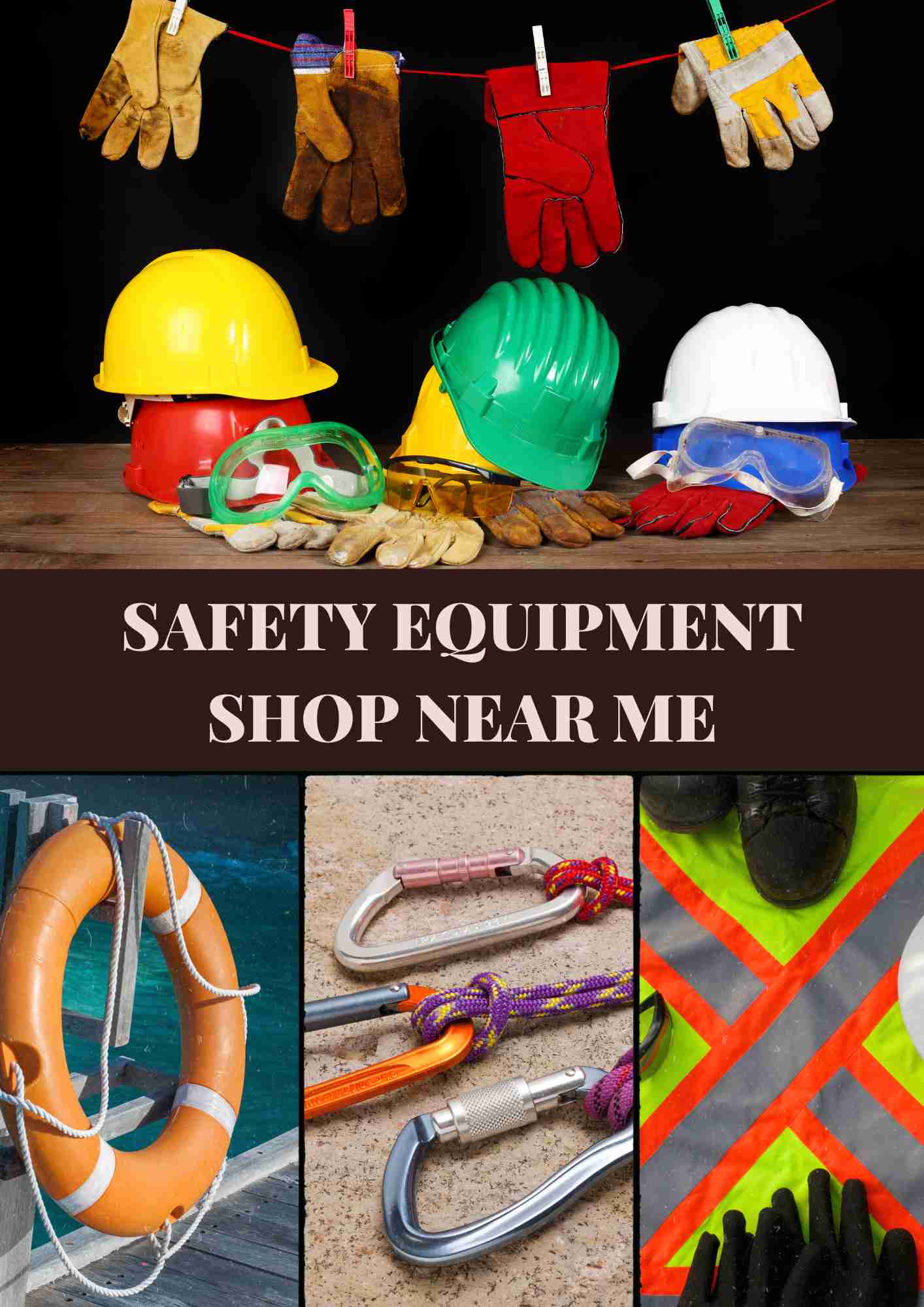The Ultimate Guide to Choosing the Right Welding Helmet Filters
When it comes to welding, safety and visibility are paramount. A crucial component of any welder's gear is the welding helmet filter. Selecting the right filter can make a significant difference in your welding experience, offering protection and clarity. Here’s a comprehensive guide to help you choose the best welding helmet filters for your needs.
Understanding the Importance of Welding Helmet Filters
Welding helmet filters are designed to protect your eyes and face from the harmful effects of welding light, which includes ultraviolet (UV) and infrared (IR) radiation. These filters also enhance visibility, allowing welders to see their work more clearly and perform more accurately. Without proper filtration, welders risk severe eye damage and reduced productivity due to poor visibility.
Types of Welding Helmet Filters
1. **Passive Welding Filters**:
- **Features**: These are traditional filters with a fixed shade, usually #10. They are reliable and durable, offering constant protection.
- **Advantages**: Simple to use and maintain, cost-effective.
- **Drawbacks**: Lack of adaptability; you may need to lift the helmet frequently to inspect the work.
2. **Auto-Darkening Filters**:
- **Features**: These filters automatically adjust the shade based on the welding arc's brightness, typically ranging from shades #9 to #13.
- **Advantages**: Enhanced convenience and productivity, as you don't need to lift the helmet. Suitable for various welding applications.
- **Drawbacks**: Higher cost compared to passive filters, requires power source (battery or solar).
Key Factors to Consider When Buying Welding Helmet Filters
1. **Shade Range**:
- Determine the types of welding you'll be performing. Auto-darkening filters with a broader shade range are ideal for versatility.
2. **Reaction Time**:
- Look for filters with a fast switching speed (e.g., 1/25,000 of a second) to reduce eye strain and improve safety.
3. **Sensitivity and Delay Controls**:
- Adjustable sensitivity settings are essential for different welding environments. Delay controls help customize the time it takes for the filter to lighten after welding stops.
4. **Viewing Area**:
- A larger viewing area provides better visibility and reduces the need to move your head frequently, enhancing comfort and precision.
5. **Power Source**:
- Auto-darkening filters can be powered by batteries, solar energy, or a combination of both. Consider the convenience and longevity of the power source.
Tips for Maintaining Your Welding Helmet Filters
1. **Regular Cleaning**:
- Keep the filter lens clean using a soft, dry cloth. Avoid using abrasive materials or chemicals that can damage the lens.
2. **Storage**:
- Store your helmet and filters in a dry, clean place to prevent dust and debris buildup.
3. **Inspection**:
- Regularly inspect the filters for any cracks, scratches, or other damage that could impair functionality.
4. **Replacement**:
- Follow the manufacturer's guidelines for replacing the filter to ensure continuous protection and performance.
Conclusion
Choosing the right welding helmet filter is crucial for your safety and efficiency as a welder. By understanding the different types of filters, considering key factors such as shade range, reaction time, and viewing area, and maintaining your equipment properly, you can ensure optimal protection and visibility. Whether you're a professional welder or a hobbyist, investing in high-quality welding helmet filters is a decision that pays off in the long run.
